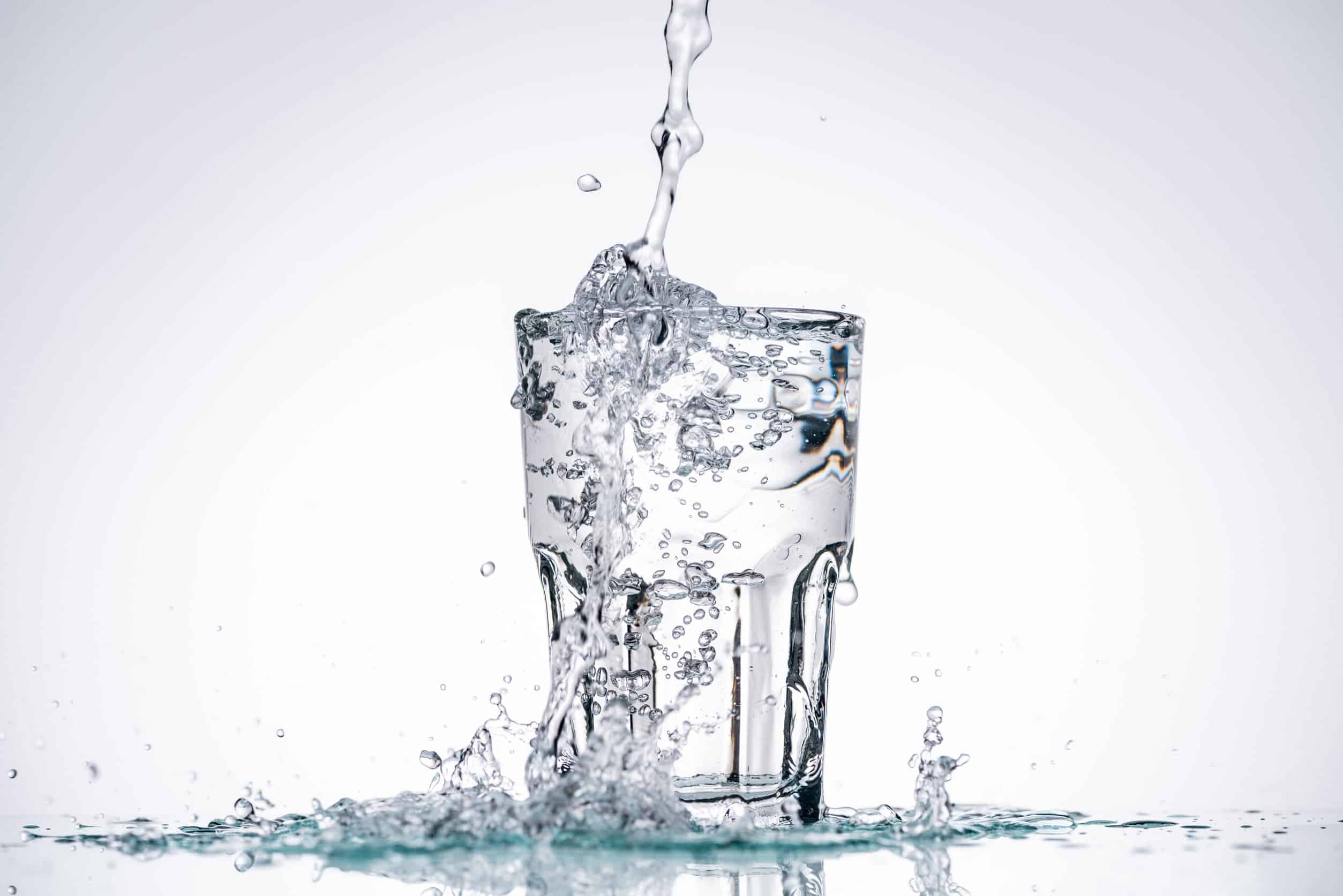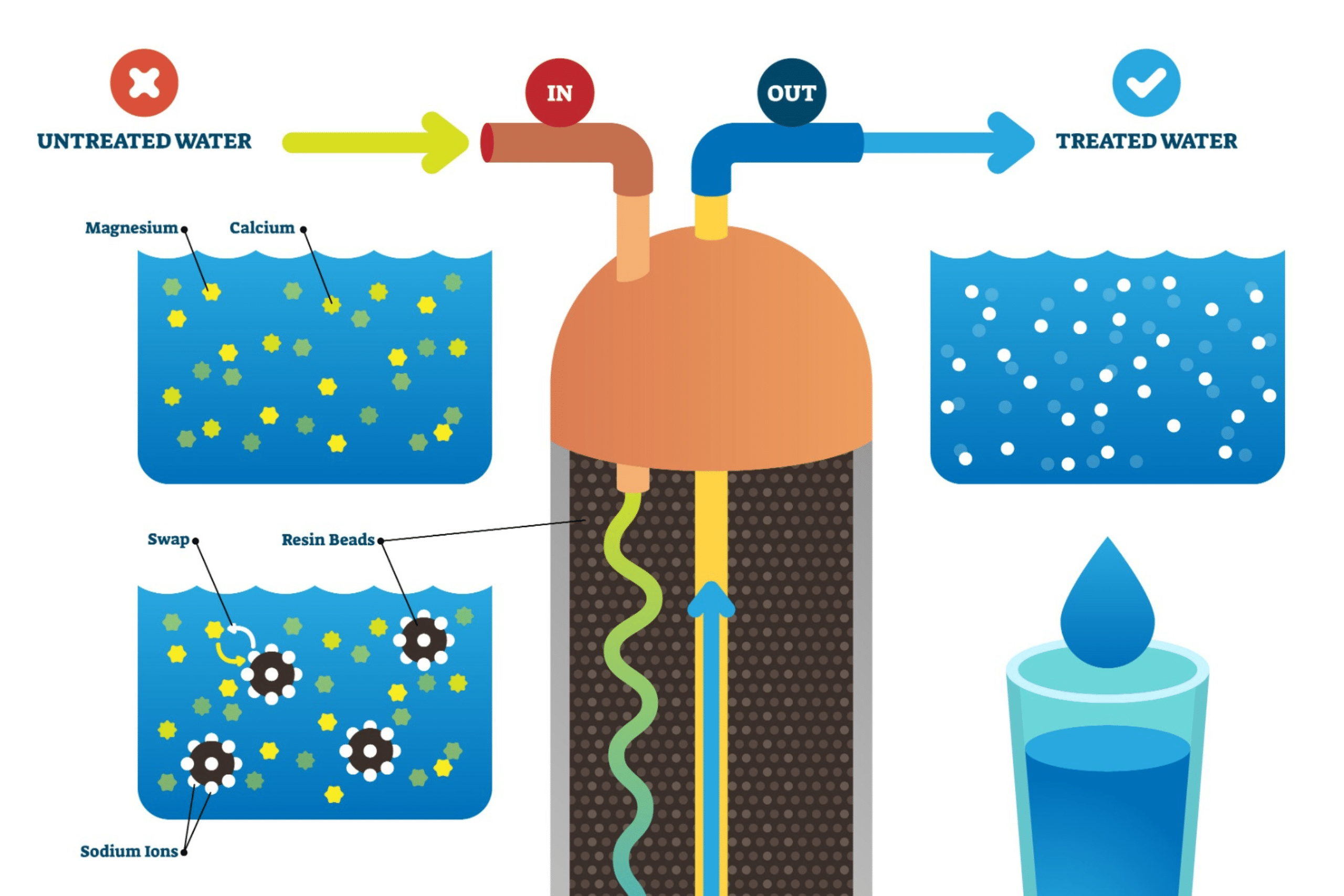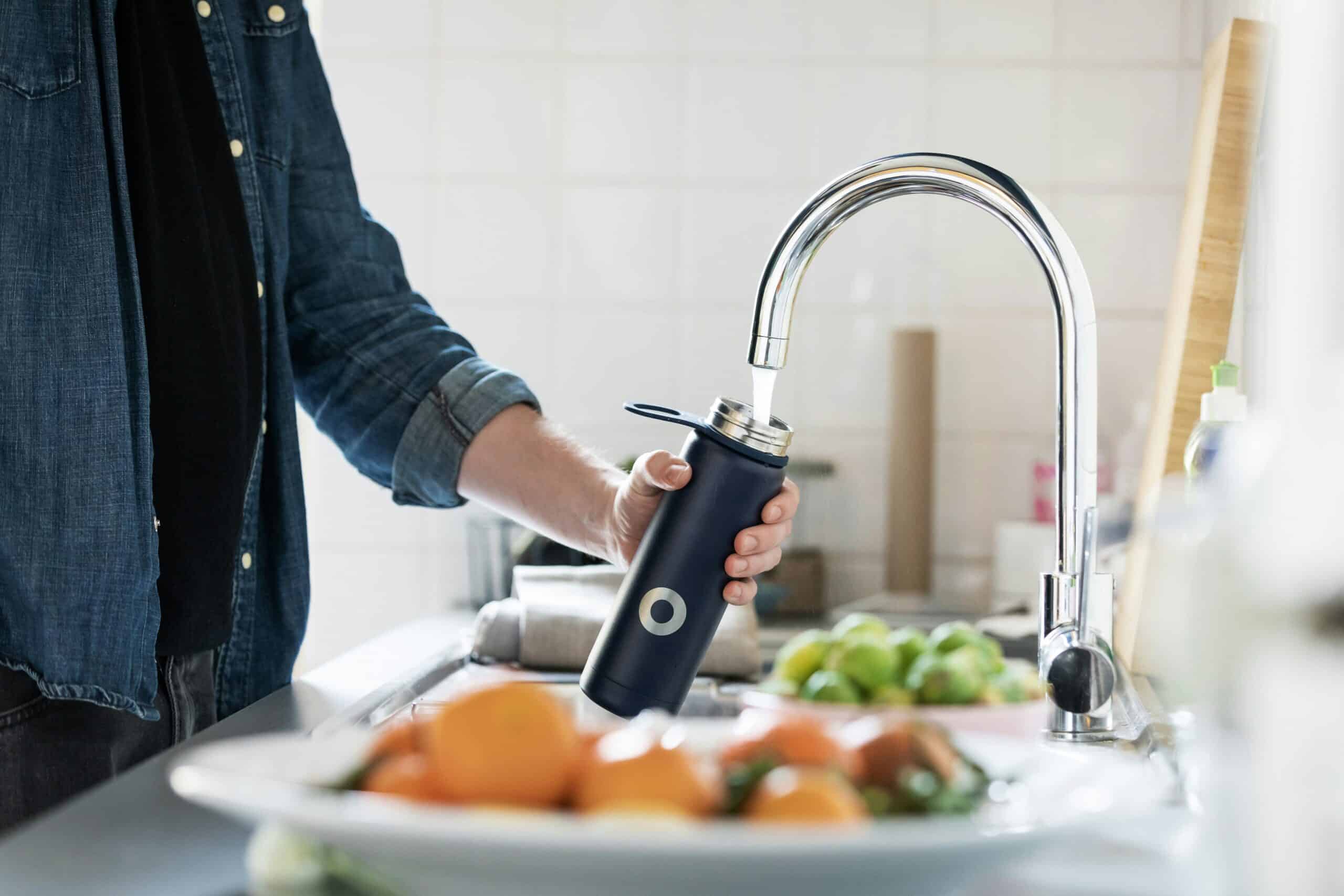Can my drinking water be safe from harmful bacteria without chemicals?
The short answer is, “Yes, absolutely!”
I. Chlorine
A. Why chlorine?
We receive the above question from individuals who are concerned about drinking water with chlorine in it because of recent studies suggesting a connection between chlorinated drinking water and cancer.
Before we attack this issue, let’s first discuss how this chemical is used. Chlorine is a cost-effective method for municipalities to control harmful microbes in their water supply throughout their distribution system. The adding of this chemical ensures that there is basically no risk of harmful bacteria entering your home and endangering the health of your family.
You may ask, “But why would a public water supplier add a chemical which could have negative side effects?” Good question. Let’s take a peek into history, in the years before public water suppliers were required to use chlorine or some other disinfection method. Here we could find that contaminated water caused many sickness outbreaks. Today, thanks to strict regulations for public water, these outbreaks are almost nonexistent.
We can now see how disinfection is a good, if not essential, tool for water sources utilized by so many people. History seems to indicate that chlorine does more good than harm, in the respect that it eliminates many water-borne contaminants.
B. Eliminating chlorine
Here’s the “aha” moment: there is a way to have the public water in your home free from the offensive taste, smell, and possible side effects of chlorine, yet still remain safe from harmful microbes. This is done with a simple, residential carbon system to remove the chlorine. Please read on…
In most applications, chlorine is absorbed using granular activated carbon (GAC). This is produced by heating carbonaceous substances (bituminous coal or cellulose-based substances such as wood or coconut shell) to 700ºC or less in the absence of air to form a carbonized char. Then it is activated (oxidized) at 800ºC to 1000ºC with oxidizing gases such as steam and carbon dioxide to form pores, thus creating a highly porous, absorbent material.
The activated carbon is then used in a water treatment system. When chlorinated water flow through the carbon, the porosity of the carbon absorbs the chlorine. All this is done under the pressure of your plumbing system to ensure that no bacteria can enter the water supply.
C. More drinking water tips
Reverse Osmosis is the perfect method to polish up your drinking water for the best taste. These systems can be installed under the kitchen sink or in the basement below. Dispense it conveniently from a faucet located on your sink top. Hook it to your ice maker and enjoy clear hard ice-cubes. Say “Good-bye” to the expense, trash, and bother of purchasing bottled water.
II. UV Disinfection
A. Why a UV light?
In a setting where your water comes from a private well, UV (ultraviolet) disinfection is the method of choice in most applications. UV rays are used to reduce the level of pathogenic or microorganisms such as bacteria in a water supply. For example, UV can inactivate cysts such as Giardia lamblia and cryptosporidium, which are difficult to affect with chemical disinfectants.
The germicidal effect of UV radiation results from the intensity of the lamp combined with the length of exposure. The UV process does not distort the taste of water or change the pH value. It generally avoids the creation of new chemical complexes, such as might occur with a chemical disinfectant.
B. Benefits of UV
- No need to handle potentially dangerous chemicals (chlorine)
- Virtually immediate disinfection (no contact tanks like chlorine)
- Low power consumption, environmentally friendly (no disinfection by-products)
- UV does not change the taste of the water.
- Lower equipment investment verses other disinfection options, and simple maintenance (with proper pre-treatment).
- 10 year limited warranty
III. More Information
Contact Aquanology today, share your concerns, and we will help you get the water quality you expect. Visit www.aquanology.com or call 315-856-0483







